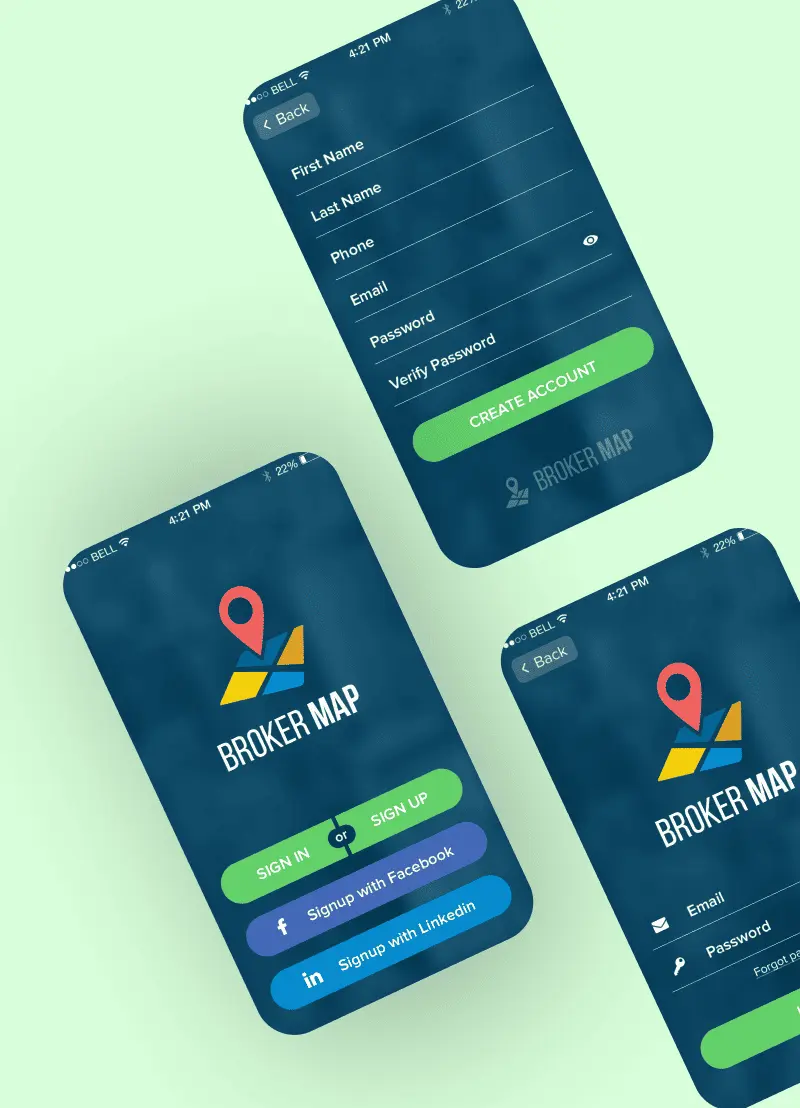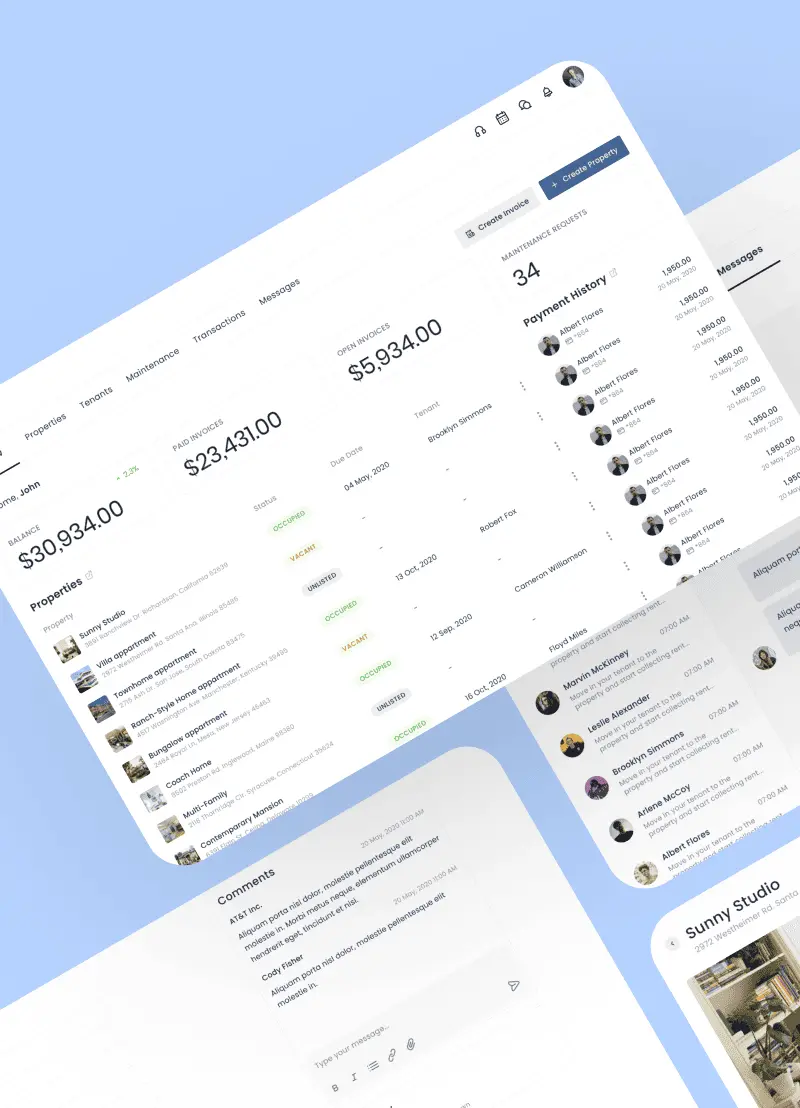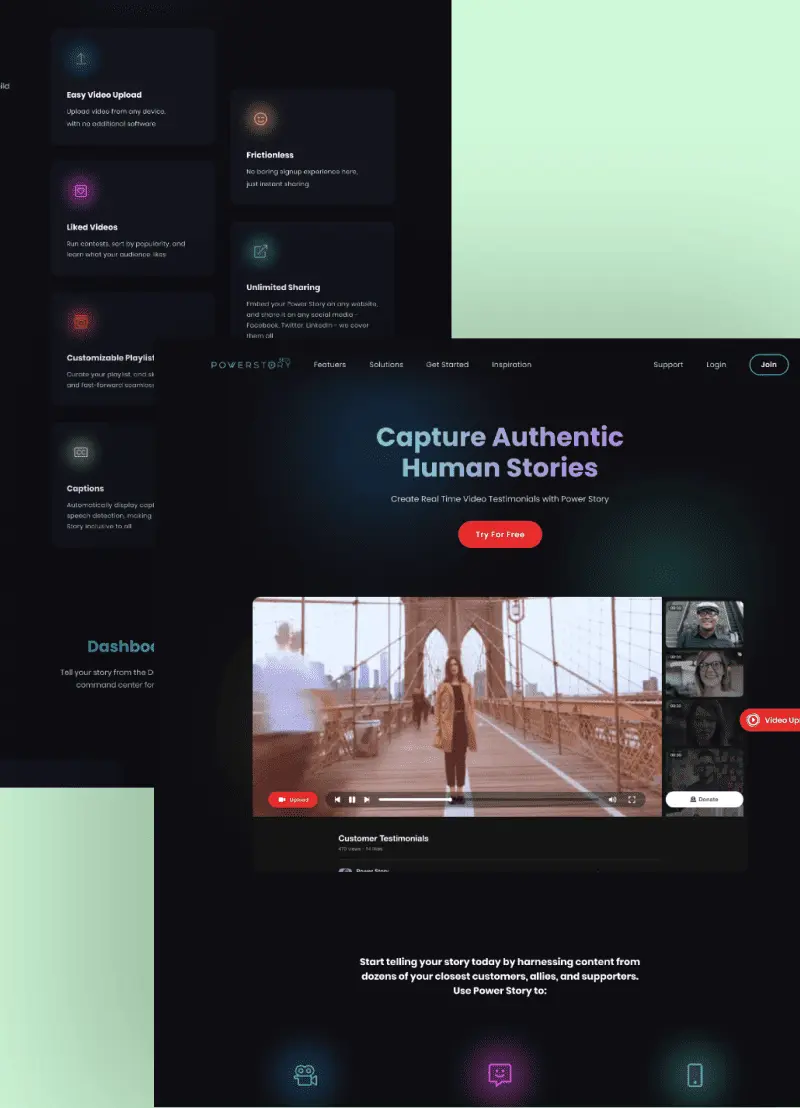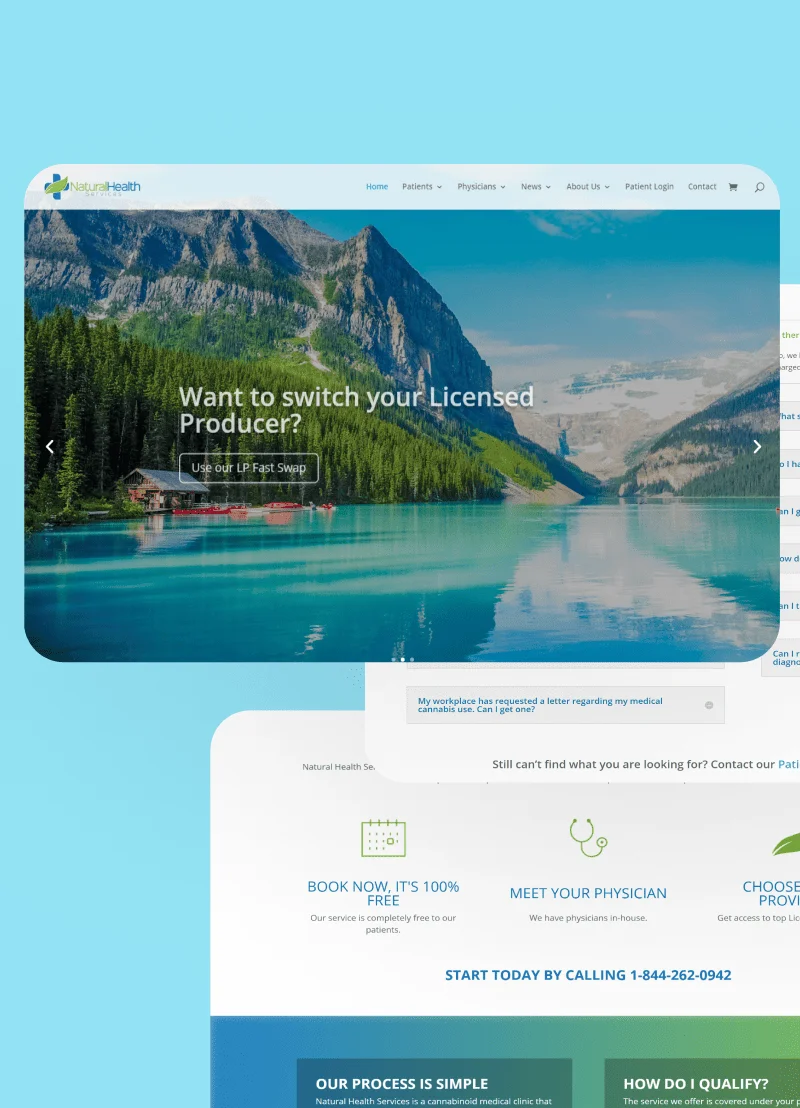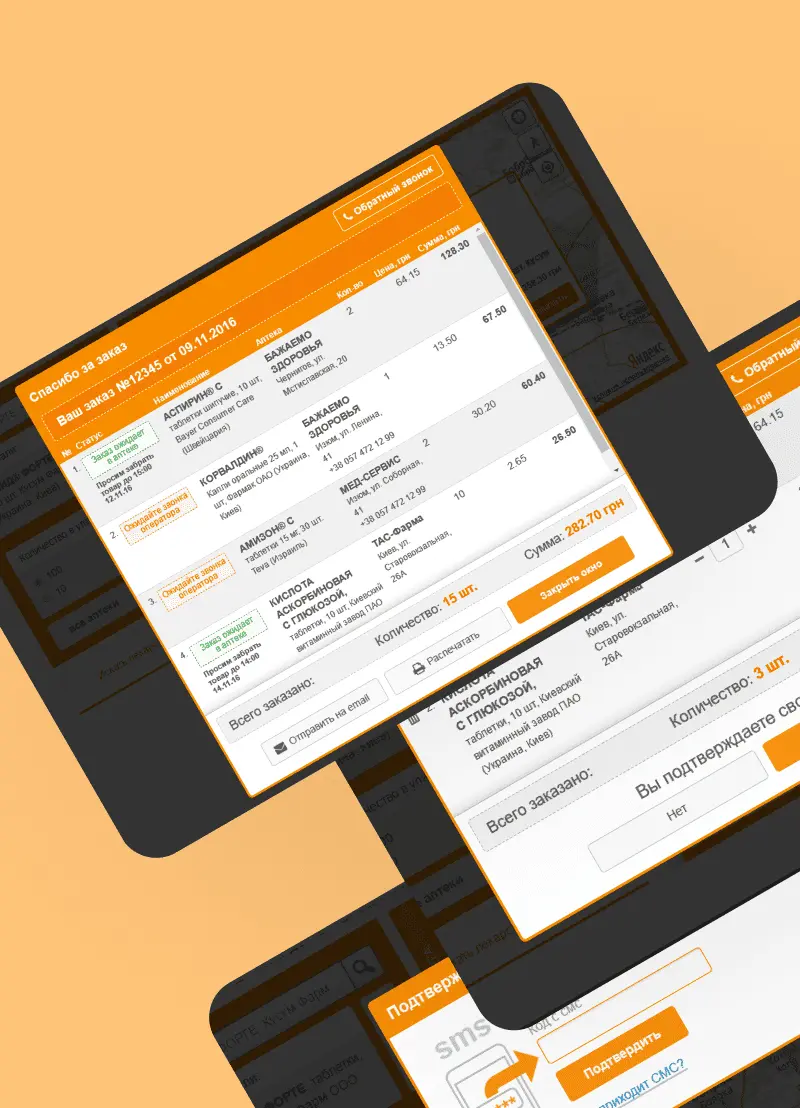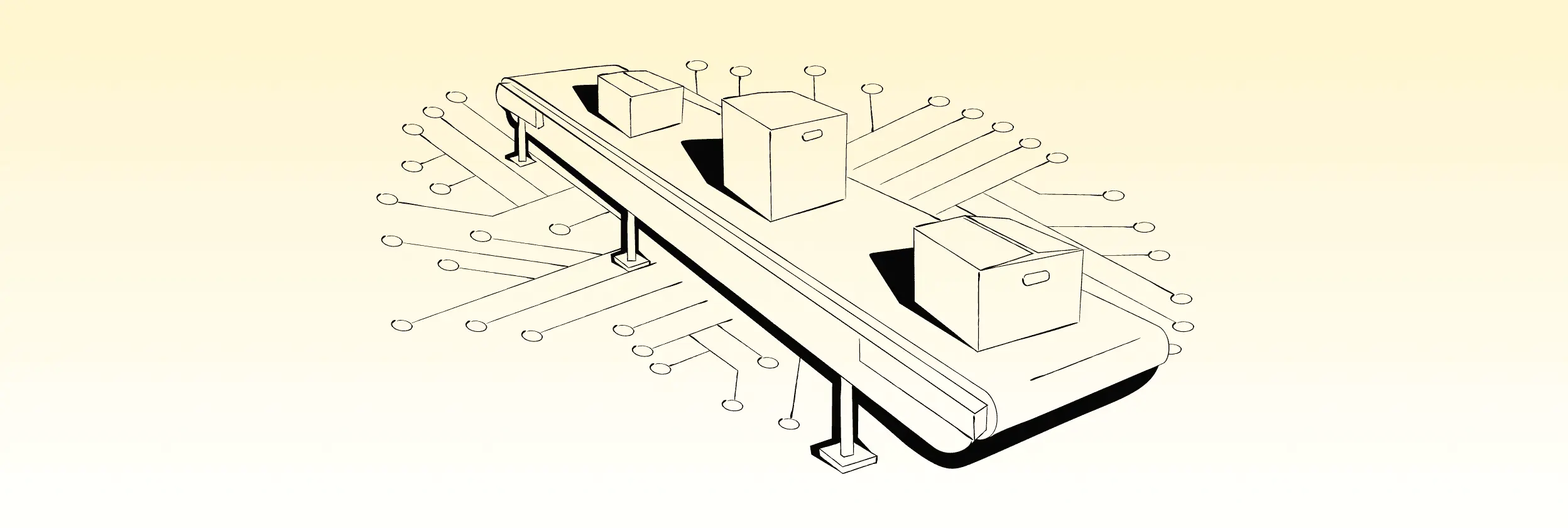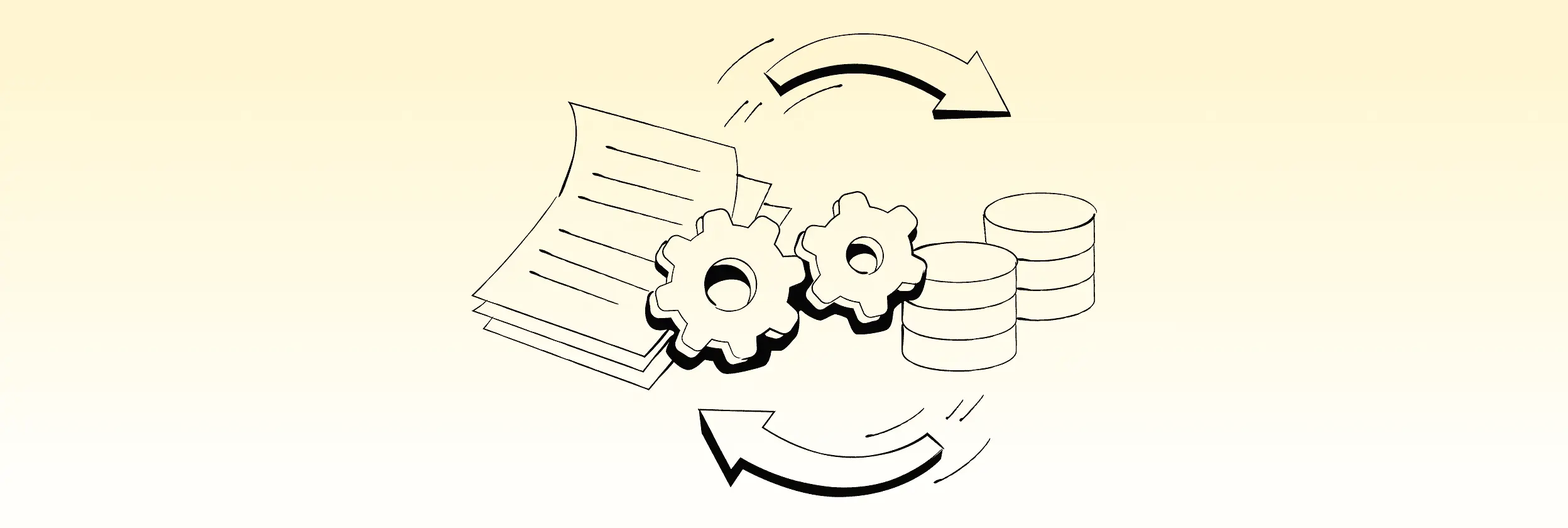Legacy Modernisation – Introduction
As your business grows, internal processes change, customer expectations evolve, and legacy systems can no longer meet new business requirements. It becomes increasingly more work to keep pace with the latest technological advancements. Legacy applications become expensive to maintain as technology gets older and the pool of available developers who can support the old system shrinks.
Technology modernization services and reengineering legacy systems have become inevitable for businesses. However, companies often need more time to modernize legacy software due to the risks and costs involved in some digital transformation approaches. Digicode is a legacy software modernization company with a proven strategy to help businesses update without surprises, cost sticker shock, and the risk of breaking the working process via our legacy application modernization services.
We offer flexible models allowing our customers to gradually migrate from old platforms to new ones while protecting mission-critical processes and avoiding downtime.
Array of Legacy Modernization Services
Legacy Application Modernization Services
Updating older software for newer computing approaches, including newer languages, frameworks, infrastructure, and UI.
Legacy to Cloud Migration
Move traditional data, applications, and other business digital assets from on-premise infrastructure to the cloud.
Legacy Data Modernization Services
Unlock the knowledge in your legacy databases with modern data architectures that protect your sensitive data while efficiently leveraging it for real-time insights and more effective decision-making.
Platform Modernization
We provide traditional on-premise or cloud-based deployment options, cloud-specific deployment strategy consulting, and support for ongoing operations, infrastructure, and monitoring.
Legacy System Modernization for Industries
Unlock the full potential of your industry with our tailored legacy modernization solutions. We understand that each industry has unique challenges and requirements, and we specialize in delivering modernization strategies that address specific needs. Discover how our industry-specific legacy modernisation services can transform your business and position you for long-term success.
Empower your financial technology operations with legacy application modernization services for enhanced security, compliance, and efficiency.
Transform your educational technology platforms with legacy app modernization services to deliver seamless learning experiences and optimize administrative processes.
As a legacy software modernization company, we enhance your marketing technology capabilities by modernizing legacy systems, enabling data-driven insights and improved customer engagement.
Modernize healthcare technology systems to improve patient care, streamline operations, and ensure compliance with evolving regulations.
Optimize property technology solutions through legacy migration services, enabling better management, automation, and decision-making in real estate operations.
Upgrade logistics and transportation industry legacy systems to drive efficiency, enhance tracking capabilities, and optimize supply chain management.
Modernize legacy software in the food service and hospitality industry to improve guest experiences, streamline operations, and boost profitability.
Enhance your food and beverage operations with enterprise technology services, enabling efficient inventory management, order processing, and customer satisfaction.
Transform social media platforms and networks with legacy software modernization services that support scalability, data privacy, and advanced features.
Upgrade legacy telecom systems to meet the demands of the digital age, enabling enhanced connectivity, network management, and customer experiences.
-
FinTech
-
EdTech
-
MarTech
-
HealthTech
-
PropTech
-
Logistics & Transportation
-
Restaurants & Hospitality
-
Food & Beverage
-
Social
-
Telecom
-
FinTech
Upgrade legacy telecom systems to meet the demands of the digital age, enabling enhanced connectivity, network management, and customer experiences.
-
EdTech
Upgrade legacy telecom systems to meet the demands of the digital age, enabling enhanced connectivity, network management, and customer experiences.
-
MarTech
Upgrade legacy telecom systems to meet the demands of the digital age, enabling enhanced connectivity, network management, and customer experiences.
-
HealthTech
Upgrade legacy telecom systems to meet the demands of the digital age, enabling enhanced connectivity, network management, and customer experiences.
-
PropTech
Upgrade legacy telecom systems to meet the demands of the digital age, enabling enhanced connectivity, network management, and customer experiences.
-
Logistics & Transportation
Upgrade legacy telecom systems to meet the demands of the digital age, enabling enhanced connectivity, network management, and customer experiences.
-
Restaurants & Hospitality
Upgrade legacy telecom systems to meet the demands of the digital age, enabling enhanced connectivity, network management, and customer experiences.
-
Food & Beverage
Upgrade legacy telecom systems to meet the demands of the digital age, enabling enhanced connectivity, network management, and customer experiences.
-
Social
Upgrade legacy telecom systems to meet the demands of the digital age, enabling enhanced connectivity, network management, and customer experiences.
-
Telecom
Upgrade legacy telecom systems to meet the demands of the digital age, enabling enhanced connectivity, network management, and customer experiences.
Our Legacy System Modernization Process
FAQ
-
When should I replace my legacy system?
A legacy system is an outdated part of the company’s software that still works but cannot be scaled and/or effectively changed. As a result, legacy systems severely limit business opportunities and prevent integration with new channel partners, cloud applications, or other new solutions. Suppose you’re struggling with a lack of support or skills on the market. In that case, the maintenance gets too expensive, cost-generating technical problems hinder the business efficiency, inability to add new features, and lack of security. You need the help of a professional legacy software modernization company.
-
What are legacy system modernization strategies?
At Digicode, we have two legacy system modernization strategies. First, if legacy system modernization is impossible or not cost-effective, we use a revolutionary strategy – shut down the old system and from the ground-up infrastructure transformation. The most common cases that require this strategy are when you need to adapt one business infrastructure to another one in mergers and acquisitions, or your legacy system has become a risk, or when their vendors no longer support your outdated systems.
Another option is an evolutionary strategy that assumes a step-by-step, gradual transformation of an outdated system, which is less radical and does not interrupt the main business process. This is the preferred method for using current technologies to enhance a legacy system.
Because there’s no one-size-fits-all approach, we focus on the business needs and goals of each business and focus on future growth opportunities. We can help you make an informed and impartial decision about which enterprise technology services will help you to manage risk/cost more efficiently. -
Can we reuse something from my legacy system?
As a professional legacy modernization company, we transform your age-old applications and make them future-ready. Of course, if the business logic of the legacy system has not changed and is performing properly, we can keep it. We will, however, try to optimize all processes and add new opportunities for automation for even more operations. We can reuse the databases and other data sources when possible.
-
How much does it cost for legacy app modernization services?
Digicode develops successful legacy modernization solutions including system assessment, business rules mining, remediation, re-platform, and migration services. The cost of legacy modernisation service depends on many factors. So, first, we need to evaluate your software, identify key business requirements, prioritize what needs to be done, and then, based on this research, calculate the legacy system modernization cost depending on the team members and rates. Then, you can contact us to discuss your transformation journey.
-
What are the legacy system modernization approaches used by Digicode?
In our practice, we use 6 basic approaches to legacy application modernization services:
- Encapsulation is the process of reusing the code in its present environment linked by API to new presentation layers.
- Rehosting ensures easy migration of the legacy system to a different physical, virtual, or cloud infrastructure without changing code or functionality.
- Replatforming allows the migration of a legacy system or its components to a new platform with minimal code changes.
- Refactoring optimizes existing code without changing its external environment.
- Rearchitecting involves building a new architecture and making changes to the code.
- Rebuilding entails a complete system change and a new development from scratch according to the needs of a business
-
What legacy system modernization approaches will work best for my business?
Choosing the right one from the variety of modernizing legacy IT systems is difficult. You should understand that choosing the most common or most popular approach is not the right way to make a decision. Every legacy system and every business is unique, and what works best for one system may be disastrous for another.
Always consult a professional legacy software modernization company before making such an important decision. You can request a free consultation with the Digicode team to develop a legacy system modernization strategy tailored to your business needs. -
How to choose a professional legacy modernization company?
To choose a reliable application modernization services vendor, you must evaluate their experience, portfolio, starting points, and outcomes. You can check our cases below.
We’ve developed an Ultimate Guide for Choosing the Right Technology Modernization Partner.With deep expertise, Digicode helps businesses transform their legacy systems in months instead of years. Our team ensures fast, secure, and stable software that allows a business to deal with routine operations more effectively.
To find out how Digicode’s legacy system modernization services can help you increase the efficiency and profitability of your legacy system, schedule a free demo below.



